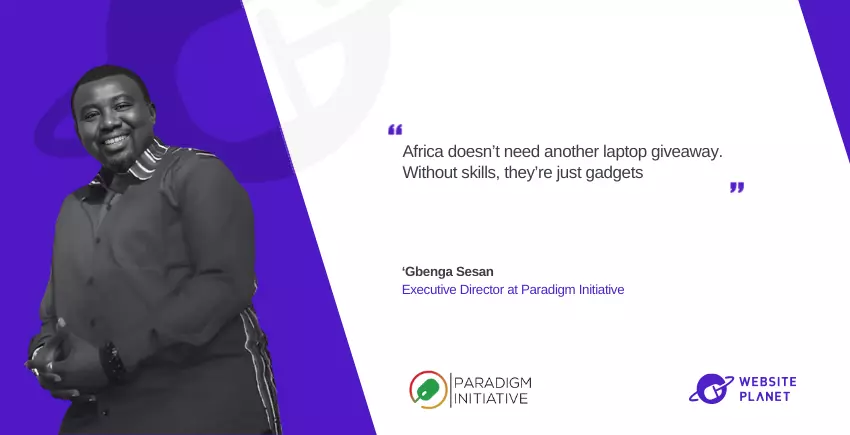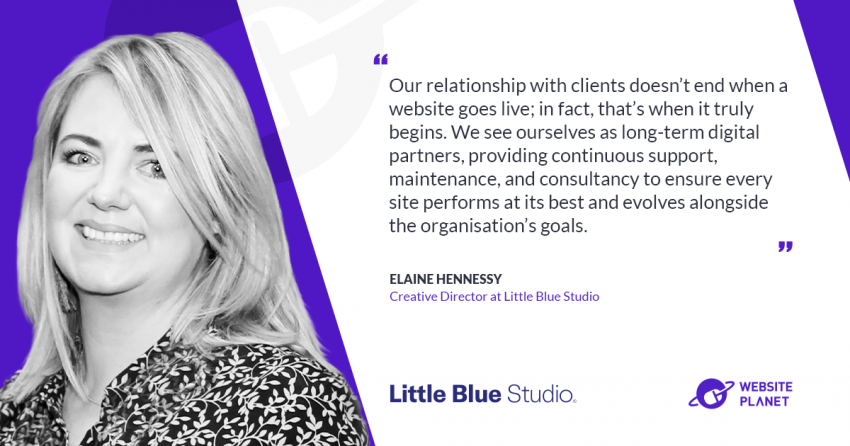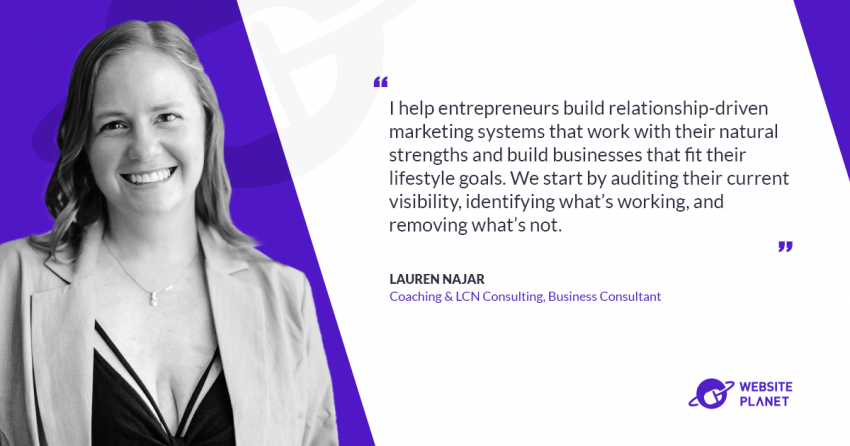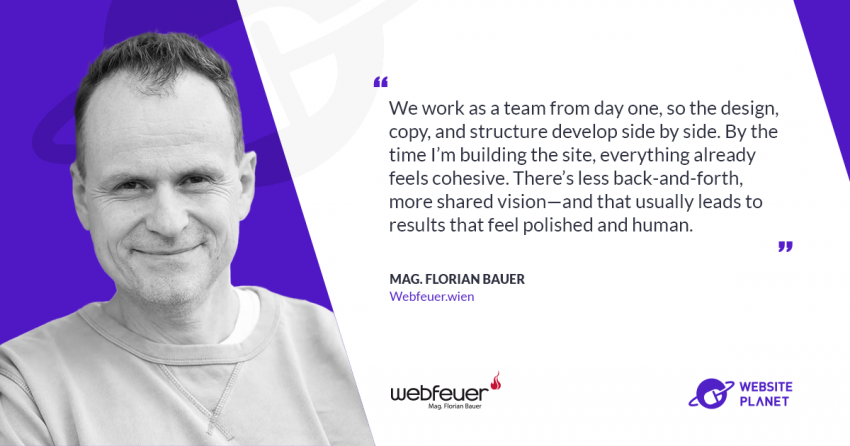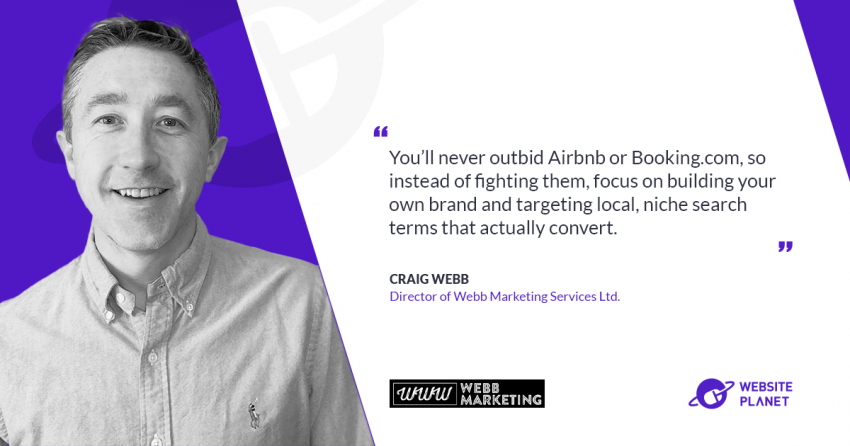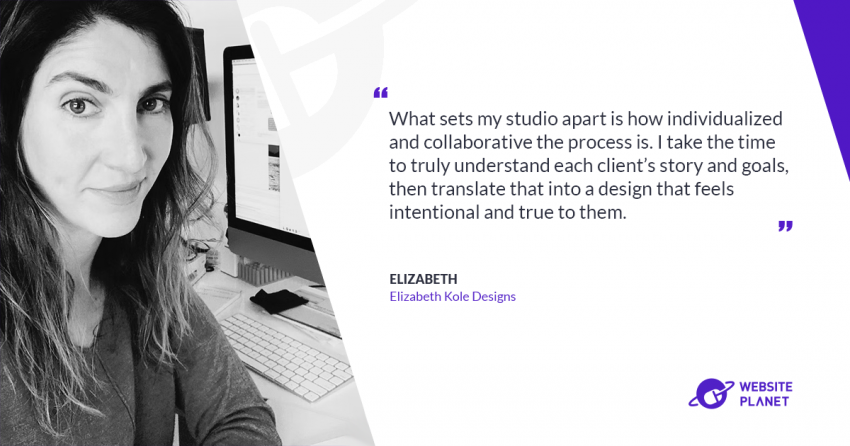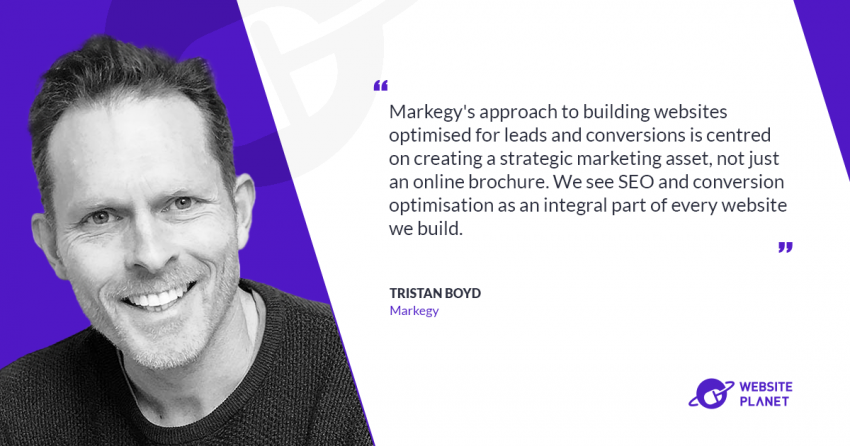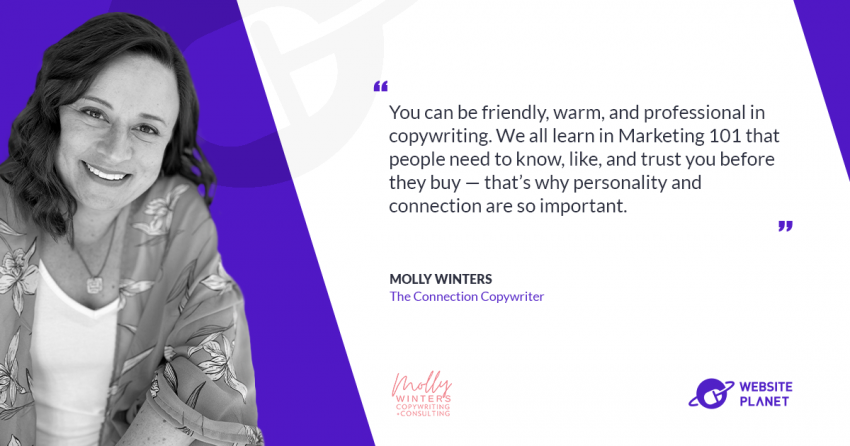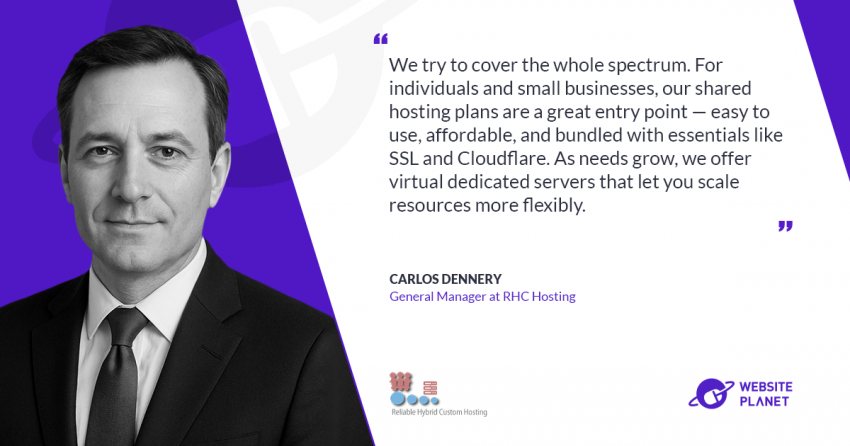In 1991, a young Nigerian student called Gbenga Sesan was denied access to his school’s only computer because the teacher didn’t trust newcomers not to break it. He walked away in tears, but also with a vow: to master computers, build a career in tech, and one day ensure that no young person would face the kind of digital exclusion he did.
He kept that promise and founded Paradigm Initiative, an organization now successfully bridging Africa’s digital divide across eleven countries.
In this interview with Website Planet, Sesan shares how personal pain became a continent-wide mission to ensure that digital opportunity is a right, not a privilege.
The Digital Divide in Africa Is Wider Than You Think
While global internet access averages 67%, just one in three Africans have reliable internet. In Sub-Saharan Africa, that figure drops to one in four—despite mobile coverage reaching 85% of the population.
The problem isn’t connectivity alone. It’s a complex tangle of systemic barriers:
- Mobile data costs often exceed 5% of monthly income
- Entry-level smartphones eat up to 40% of a paycheck
- Fewer than 10% of households own a personal computer
- Only 25% of rural schools are online
- Over half of Sub-Saharan Africa lives without electricity
- And women are 36% less likely than men to use mobile internet
Add to that a wave of digital authoritarianism where governments restrict access, silence dissent, and censor the internet, and it becomes clear: Africa’s digital exclusion is structural, not accidental.
Why Top-Down Solutions Keep Failing
Over the years, many digital inclusion programs have made headlines, but few have made real impact. One infamous example was the One Laptop per Child project (OLCP), which aimed to close the digital gap in remote and underserved regions by supplying children with $100 laptops.
These devices were built to be durable and energy-efficient, featuring innovations like wind-up batteries and solar charging, and came preloaded with educational software and internet access. Unexpectedly, numerous families who received the laptops ended up selling them to buy food.
The OLCP project failed, like many others did, but why?
Because they skipped the most important part: PEOPLE.
They focused on giving away hardware instead of building human capacity.
Without digital literacy, mentorship, and long-term support,
tools gather dust until they disappear.
A better way: start from skills, not devices
Paradigm Initiative went a different route, starting a LIFE Legacy Programme focused on:
- Life skills
- ICT training
- Financial readiness
- Entrepreneurship development
But the model doesn’t stop at training. It connects graduates with real job opportunities, mentorship, and community support, so they can build meaningful careers and not just technical proficiency.
However, this delivery model had its own challenges, quickly becoming costly and hard to scale. That was when the company pivoted: instead of centralizing everything, Paradigm Initiative began equipping grassroots organizations to deliver the same program using shared resources and oversight.
This decentralized, community-first model is what sets it apart. And the results speak for themselves…
Real Impact: From Exclusion to Empowerment
Take the story of Famous Onokurefe.
After secondary school, Famous couldn’t afford university and faced a future of joblessness. But after joining Paradigm Initiative’s program in 2007, everything changed. He excelled in training, earned a UK internship, and eventually landed a job—despite lacking a degree—at the British High Commission.
He used that job to fund his own education. Today, he’s a Chartered Accountant and a manager at one of the world’s top professional services firms. He’s even won innovation awards and now works from the New Jersey office.
Famous’ story isn’t unique. It’s one of many that prove Paradigm Initiative’s model works, not just in theory, but in real lives transformed.
The Vision: Digital Opportunity for Every African, Everywhere
The ultimate goal of Paradigm Initiative is as bold as it is clear: to ensure no young African is locked out of digital opportunity because of where they were born, their gender, or their lack of access.
The roadmap? Expand beyond the 11 countries they currently serve and bring the LIFE Legacy Programme to every African nation—by empowering youth-led, grassroots organizations to lead the way.
The digital divide isn’t just about devices. It’s about dignity, opportunity, and justice.
Paradigm Initiative is closing that gap, not by dropping tech into communities, but by investing in people, potential, and long-term support.
The question isn’t whether Africa needs digital inclusion. It’s whether we’re willing to invest in the kind of human-centered solutions that actually work.
If you’re ready to support or collaborate with Paradigm Initiative, visit their website and connect with ‘Gbenga Sesan:
linkedin.com//in/gbengasesan
X: https://x.com/gbengasesan
